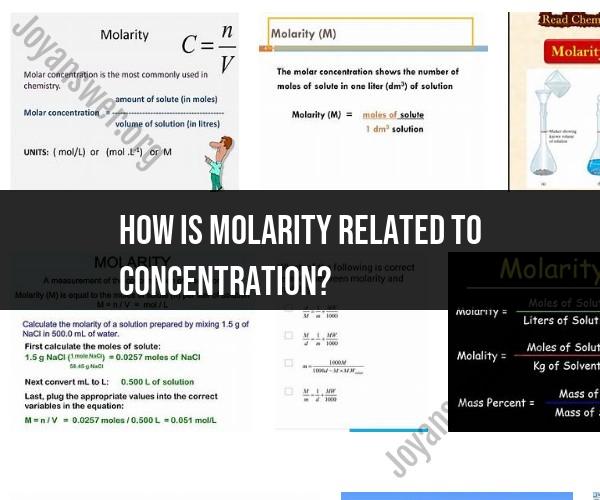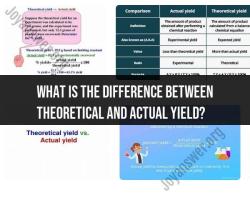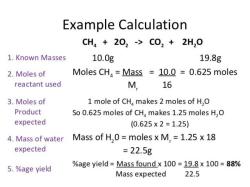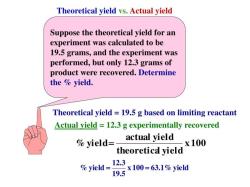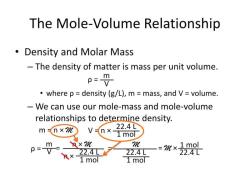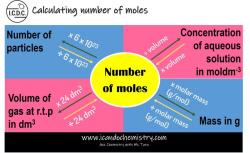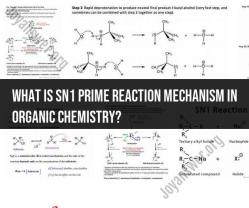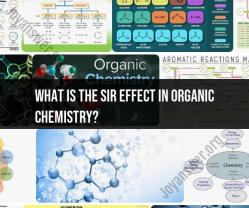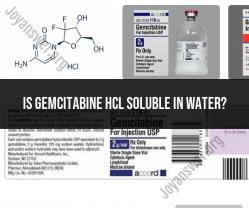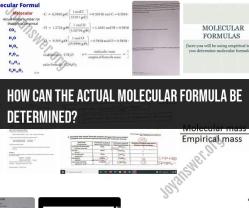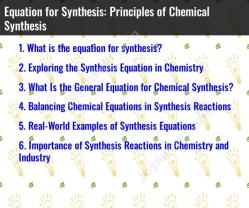How is molarity related to concentration?
Molarity (M) and concentration are related concepts when discussing chemical solutions, but they are not the same thing. Concentration is a broader term that encompasses various ways of expressing the amount of solute in a given amount of solution, while molarity is a specific method of expressing concentration.
Concentration refers to the amount of solute (the substance being dissolved) present in a given quantity of solution (the combination of solute and solvent). Concentration can be expressed in various units, including:
Molarity (M): This is the number of moles of solute per liter of solution (mol/L). Molarity is a commonly used unit of concentration in chemistry.
Molality (m): Molality is the number of moles of solute per kilogram of solvent (mol/kg). It's often used in certain situations, especially when temperature changes can affect the volume of the solution.
Mass Percent (% mass): Mass percent is the mass of the solute divided by the total mass of the solution, expressed as a percentage.
Volume Percent (% volume): Volume percent is the volume of the solute divided by the total volume of the solution, expressed as a percentage.
Parts per Million (ppm): This unit expresses concentration as the number of parts of solute per million parts of solution.
Parts per Billion (ppb): Similar to ppm but on a smaller scale, expressing concentration as parts of solute per billion parts of solution.
Molarity, specifically, is related to concentration by representing the number of moles of solute per liter of solution. It's a precise and widely used method for expressing concentration, especially in chemical reactions, stoichiometry, and laboratory work. When chemists refer to the concentration of a solution in molarity, they mean the number of moles of solute in a liter of that solution.
To calculate molarity (M) from other concentration units, you need to know the molecular weight (molar mass) of the solute and use the appropriate conversion factors. For example, to convert mass percent to molarity, you'd need to know the molecular weight of the solute and the density of the solution. The relationship between molarity and other concentration units can vary depending on the specific unit being used, so conversions require careful consideration of the relevant factors.
Molarity and Concentration: The Interplay of Chemical Terms
Molarity and concentration are two closely related terms in chemistry. Both terms refer to the amount of a substance in a solution. However, there is a slight difference between the two terms.
Molarity is defined as the number of moles of a solute per liter of solution. A mole is a unit of measurement that is equal to the mass of Avogadro's number of particles of a substance. Avogadro's number is approximately 6.022 x 10^23 particles.
Concentration is a more general term that can refer to the amount of a solute in a solution, regardless of the units of measurement. Concentration can be expressed in terms of mass, volume, or fraction.
In other words, molarity is a specific type of concentration that is expressed in terms of moles per liter.
Demystifying Molarity: Understanding Its Relationship to Concentration
The relationship between molarity and concentration can be expressed by the following equation:
Molarity (M) = Concentration (g/L) / Molar mass (g/mol)
where:
- Molarity (M) is the number of moles of solute per liter of solution
- Concentration (g/L) is the mass of solute per liter of solution
- Molar mass (g/mol) is the mass of one mole of solute
This equation shows that molarity is equal to concentration divided by molar mass. This means that molarity can be calculated if the concentration and molar mass of the solute are known.
Exploring the Concept of Molarity in Chemistry and Science
Molarity is a useful concept in chemistry because it allows us to express the concentration of solutions in a way that is independent of the temperature and pressure. This is because the molar volume of a gas is constant at a given temperature and pressure.
Molarity is also used in other areas of science, such as biochemistry and pharmacology. For example, the concentration of enzymes and proteins in cells is often expressed in molarity. The concentration of drugs in a patient's bloodstream is also often expressed in molarity.
Here are some examples of how molarity is used in chemistry and science:
- Calculating the volume of a solution needed to prepare a certain concentration: If you know the molarity of the solution you want to prepare and the mass of solute you need to dissolve, you can use the following equation to calculate the volume of solution needed:
Volume of solution (L) = Mass of solute (g) / Molarity (M)
- Calculating the amount of solute in a solution: If you know the molarity of a solution and the volume of solution, you can use the following equation to calculate the amount of solute in the solution:
Amount of solute (g) = Molarity (M) * Volume of solution (L)
- Calculating the concentration of a solution after diluting: If you dilute a solution by adding more solvent, the molarity of the solution will decrease. You can use the following equation to calculate the concentration of the diluted solution:
Molarity of diluted solution (M) = Molarity of original solution (M) * Volume of original solution (L) / Volume of diluted solution (L)
Molarity is a versatile concept that is used in many different areas of chemistry and science. It is a convenient way to express the concentration of solutions and to calculate the amount of solute or solvent needed to prepare a solution.
